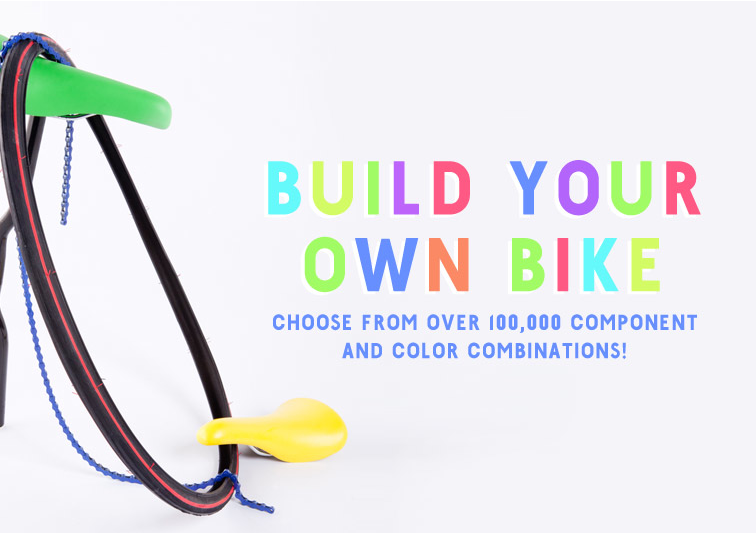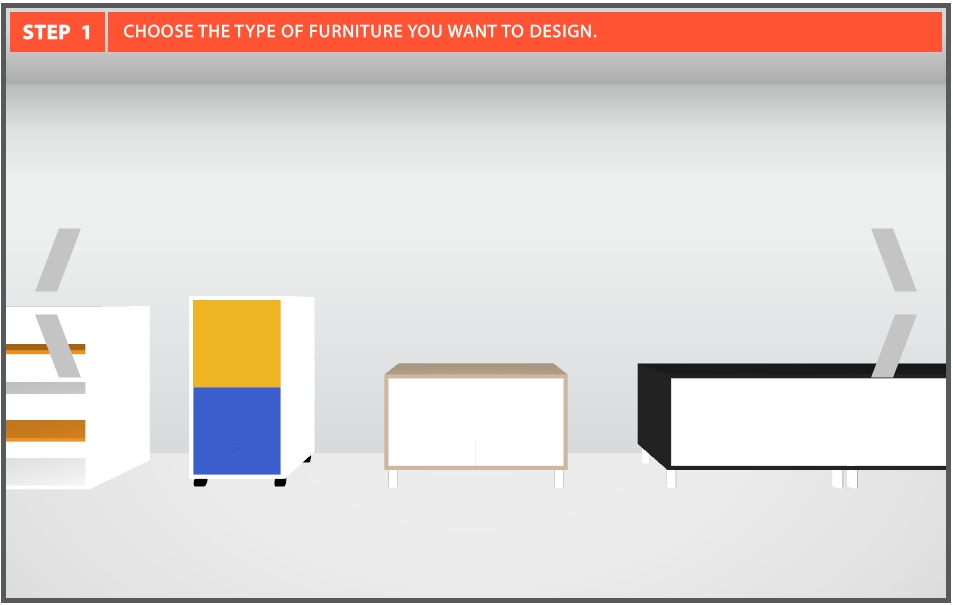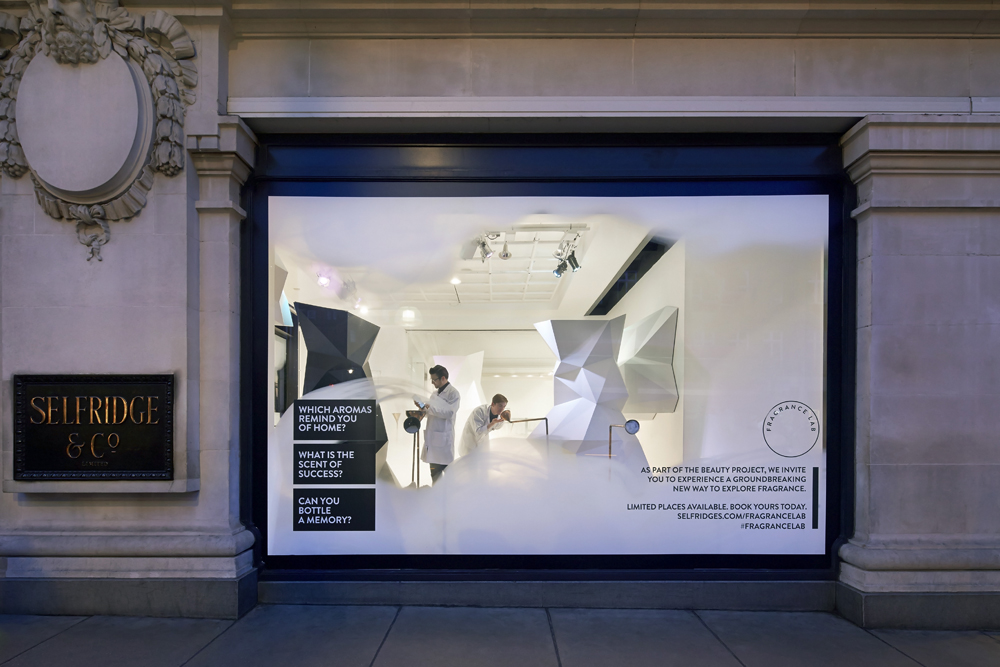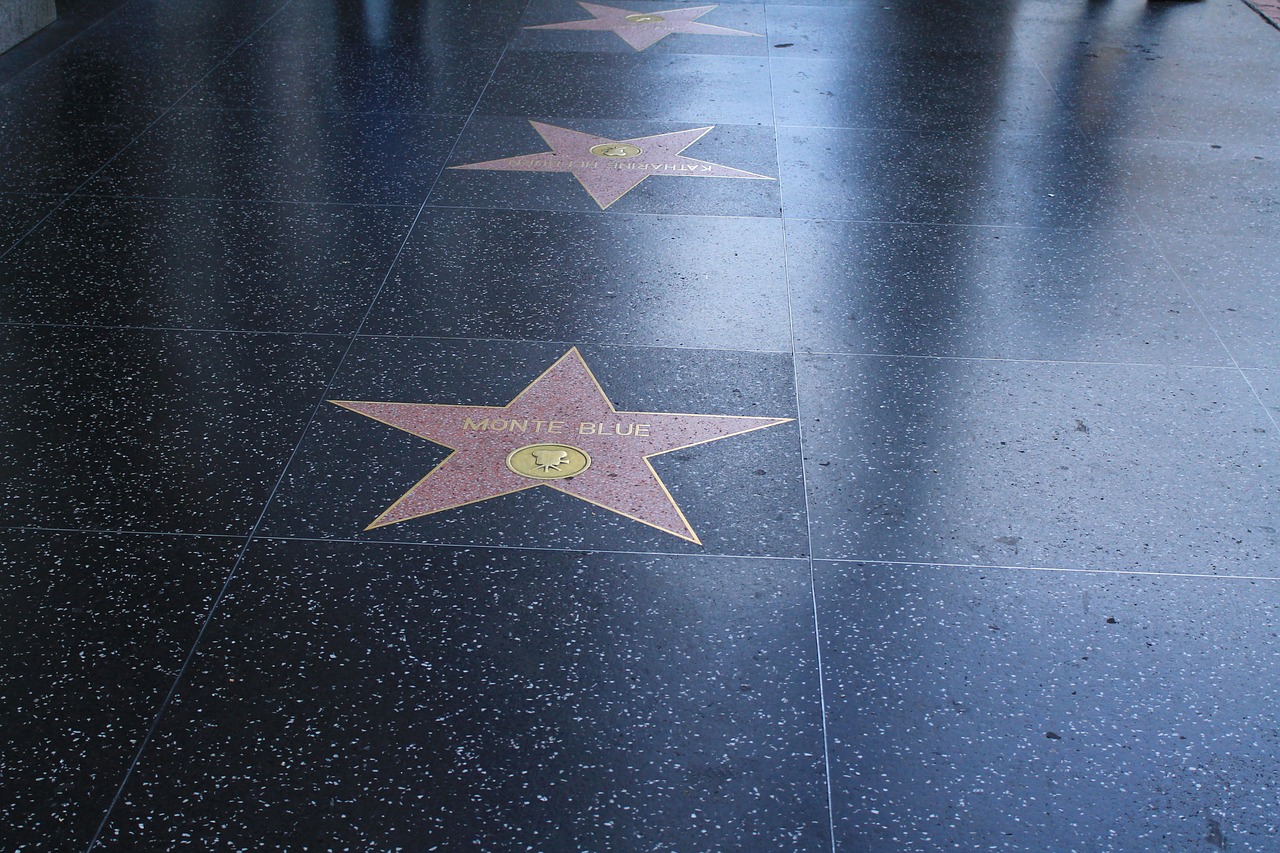
Build it Yourself: How customisation is revolutionising retail experiences
June 5, 2014
Build it Yourself: How customisation is revolutionising retail experiences
Take a trip back to the play room when you were 7 years old, tinkering with a Lego set to build the next harbour bridge or giant space ship. Remember the joy and excitement associated with constructing the figments of your imagination? Were you eager to show your creation off to anyone that would watch and listen?
Whether you spent more time building an aesthetically perfect minimal structure a-la Rem Koolhaas or dislodging Lego pieces from under your feet, it’s no secret – people love to build things. The act of building is a great way to express our creativity and give meaning to our thoughts. ‘Making’ is the proposition that has made Lego such a uniquely successful brand.
But it is precisely the empowering nature of Lego that consumers are begging for with other products – advances in digital and manufacturing technology are shaking up retail, for the first time retailers can offer ‘mass customisation’ in a feasible manner. The customisation trend makes customer-generated products possible on a massive scale and is helping companies to redefine how they deliver consumers ‘what they want’.

Above: The Evolvex website lets you build your own furniture
From a consumer perspective, the ability to customise a product to suit your needs is empowering, it is driven by the desire for expression and the joy and pride associated with doing or designing it yourself. Furthermore, the ‘one of a kind factor’ reduces the fear that after purchasing a product they will see it everywhere. Great examples of retailers offering a customised product include Aussie furniture retailer Evolvex, where customers can use a digital interface to design their own furniture that is then sold at affordable prices. Internationally, retailers are empowering customers by allowing them to make their own computer, tailor the perfect suit and build their very own bike.
If not allowing customers to build the product themselves, companies are taking to allowing consumers to stamp them with their own identity – think of Nike ID sneakers with your name on them or the Stan Smith logo with an individualised imprint of the customer’s face.  Above: Adidas customers can ‘Stan themselves’, with their face imprinted on their Stan Smith sneakers.
Above: Adidas customers can ‘Stan themselves’, with their face imprinted on their Stan Smith sneakers.
Last month, Selfridges London took experiential customisation to the next level by taking customers on an immersive journey to create their own perfume in the store’s fragrance lab – on show for all to see in the storefront window. Customers were challenged to ‘bottle a memory’ based on their favourite aromas. Upon entering the lab, shoppers completed a set of tasks that engaged the senses and measured their preferences, based on their behaviour they left the building with their own signature fragrance for £65. 
Above: The Selfridges London fragrance lab where customers can create their own scent.
The trend has significant implications on manufacturing and distribution. Will it become the norm for customers to assemble their products in store, aided by well trained in-store brand ambassadors? Time will tell. Either way, this is a new era of retail where the democratisation of design can provide a new level of connection to a brand. If executed correctly, customisation has the power to delight and excite shoppers far above delivering them a simple out of the box solution. Indeed, shoppers will never forget how you make them feel. How might you make your brand experience more ‘personal’?

